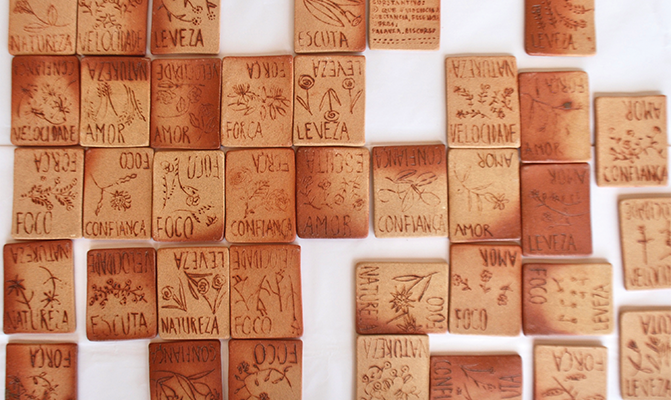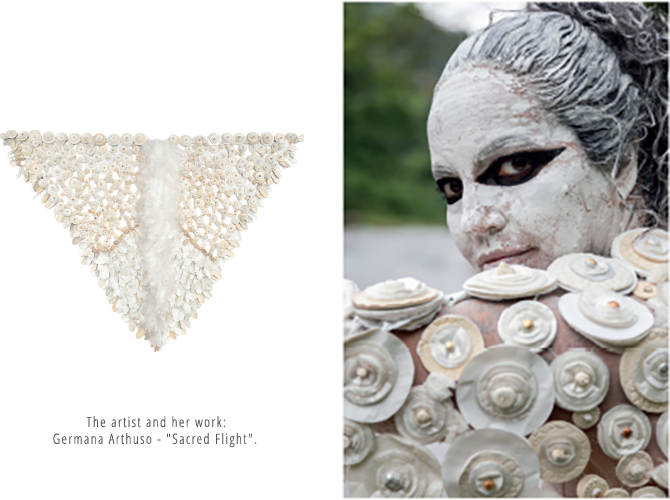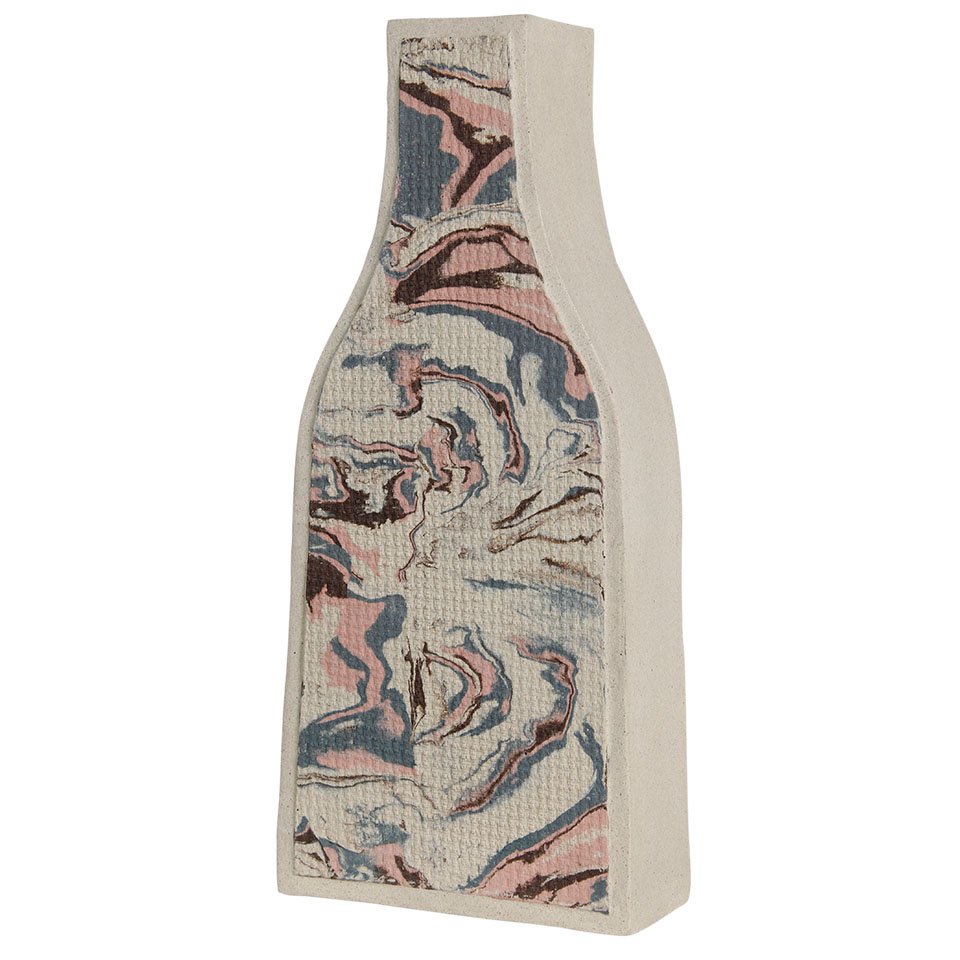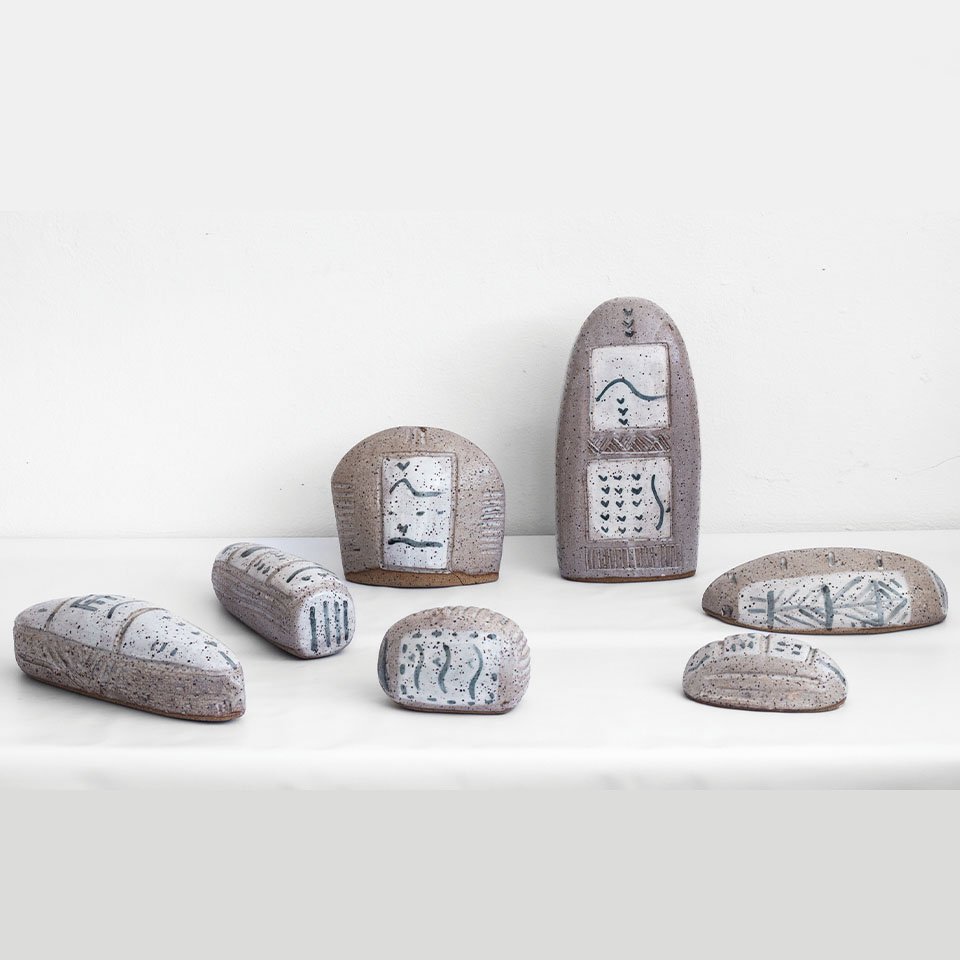


AN ART THAT TRANSFORMS
The project TRILHAR A ARTE QUE TRANSFORMA
(Treading – an art that transforms) takes the public
to tread the paths whereby art transforms Earth’s
various elements into works of extreme beauty (fine
art) and to get in contact with processes that convey
sustainability (Creative Economy).
It is no coincidence that the Trilhar project chose
art as a paradigm, since in all its different forms of
expression art helps us elaborate our thoughts and
build and resignify things, objects and feelings. It
exercises our imagination and calls attention to the
importance of our history and our memories to the
way we live in society.
About CTG Brasil
CTG Brasil strives to develop the world with clean energy on a large scale. The country’s second largest private energy generation company, it counts on its dedicated local talent and is committed to give a contibution to Brazil’s energy matrix, guided by social responsiblity and respect for the environment. The company has invested in 17 hydropower plants and 11 wind parks, with a total installed capacity of 8.3 GW. Created in 2013, it is part of China Three Gorges Corporation, one of the world’s leaders in clean energy generation.


THE MINISTRY OF TOURISM, THE SPECIAL DEPARTMENT OF CULTURE AND CTG BRASIL PRESENT:
SUSTAINABLE CERAMICS
FROM EARTH TO OBJECT
FEMALE CERAMISTS
MUSEUM AND CONVENTION HALL PROFESSORA NARA LÚCIA NONATO
ILHA SOLTEIRA - SP
OPEN TO THE PUBLIC OCT 1- NOV 26, 2022
MON: FRI 8 A.M. - 5 P.M.
SAT: 2 P.M. - 10 P.M.
SUN: 4 P.M - 8 P.M.
Fernando Zelman
FEMALE CERAMISTS
COLLECTIVE EXHIBITION
Out of so many cultural and artistic segments related to artisanal and ancestral techniques, ceramics
is surely the most friendly and active in regard to the environment.
We know that ceramics are made of earth, which mixed with water becomes mud, if pliable becomes clay, if molded
becomes an object which after left to dry in the shade goes into a kiln and, through heat and the chemistry
between molecules, becomes a sturdy ceramic ware.

ln Brazil, this entire handicraft process is sustainable, and even more so is the functionality of these
objects conceived by notable "women of the clay" - past and present.
To represent them, we assembled a team of women, artists and artisans, solo or members of collectives,
from large and small towns, from communities - representing at least five states of the federation - masters in their technique and celebrated for their work.
The curator's main objective when choosing 14 artists among over 220 ceramists researched is to
connect the visitar to the art of national ceramics, by means of the different artistic proposals, with distinct
techniques and languages to afford the visitar direct contact with the creative excellence of Brazilian ceramics.
We hope you can plunge into the universe of ceramics and assimilate the beauty and the sustainable use of these precious objects.
CERAMICS AND HISTORY IN SÃO PAULO STATE'S CENTRAL-WEST REGION

Ceramics is one of the main handicraft techniques present everywhere in the country, and in the touristic resort of Ilha Solteira it couldn't be different.
We/1 before the establishment of the city and of the colonial period, the region harbored a great production of ceramic wares, made by the natives, particularly the women of the paiaguá people.
An extinct indigenous people, the paiaguás were nomads who dedicated themselves to hunting and gathering, and were master navigators.
Archaeological finds substantiate the production of ceramic wares, of high esthetic value, made of various types of clay obtained from the rivers of Ilha Solteira region.
According to Embrapa, the Brazilian Agricultural Research Corporation, Ilha Solteira's sail is of the clay type, which means that it contains a high concentration of three types of clay - notably red and black, appropriate for making ceramic objects.
This explains why ceramics is such an old practice in the region. lt is our hope that this exhibition will encourage the people of Ilha Solteira to rediscover ceramics.
Gallery
FEMALE
CERAMISTS
On the media

Apoio

Patrocínio

Realização















